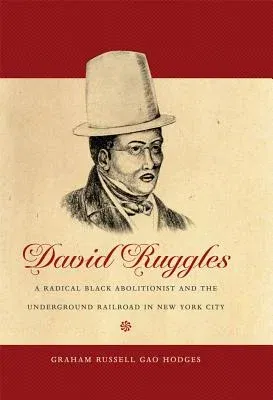Graham Russell Gao Hodges
(Author)David Ruggles: A Radical Black Abolitionist and the Underground Railroad in New York CityPaperback, 1 August 2012

Qty
1
Turbo
Ships in 2 - 3 days
In Stock
Free Delivery
Cash on Delivery
15 Days
Free Returns
Secure Checkout
Part of Series
The John Hope Franklin African American History and Culture
Part of Series
John Hope Franklin Series in African American History and Culture (Paperback)
Part of Series
John Hope Franklin Series in African American History and Cu
Print Length
280 pages
Language
English
Publisher
University of North Carolina Press
Date Published
1 Aug 2012
ISBN-10
0807872644
ISBN-13
9780807872642
Description
Product Details
Author:
Book Format:
Paperback
Country of Origin:
US
Date Published:
1 August 2012
Dimensions:
23.44 x
16.23 x
1.63 cm
ISBN-10:
0807872644
ISBN-13:
9780807872642
Language:
English
Location:
Chapel Hill
Pages:
280
Publisher:
Series:
Weight:
412.77 gm

